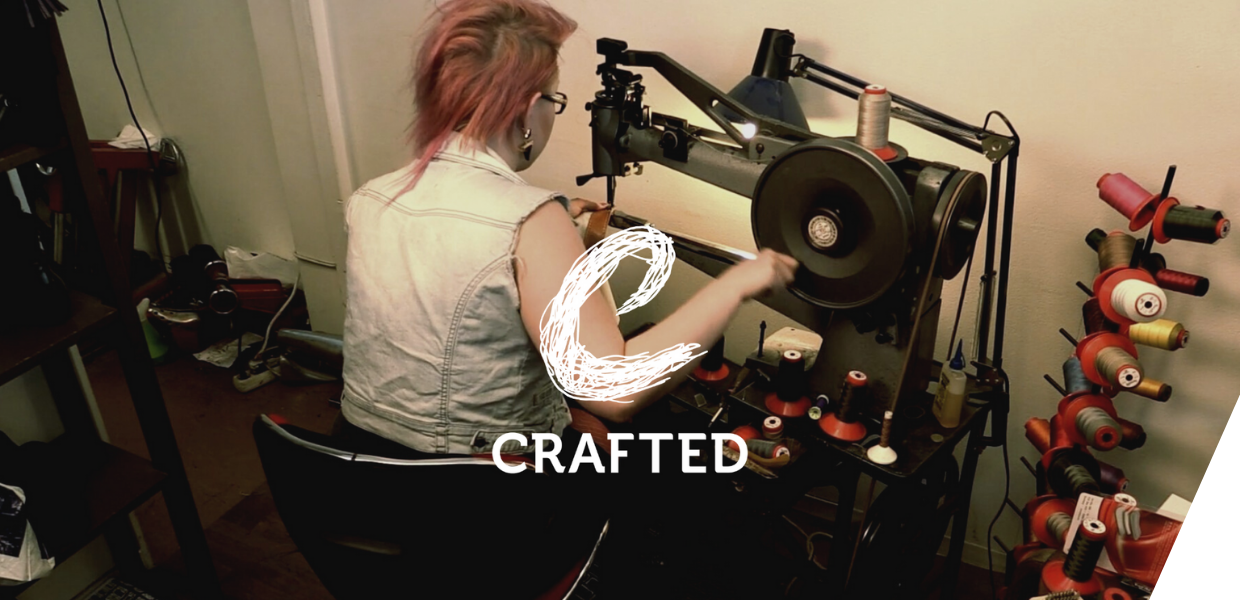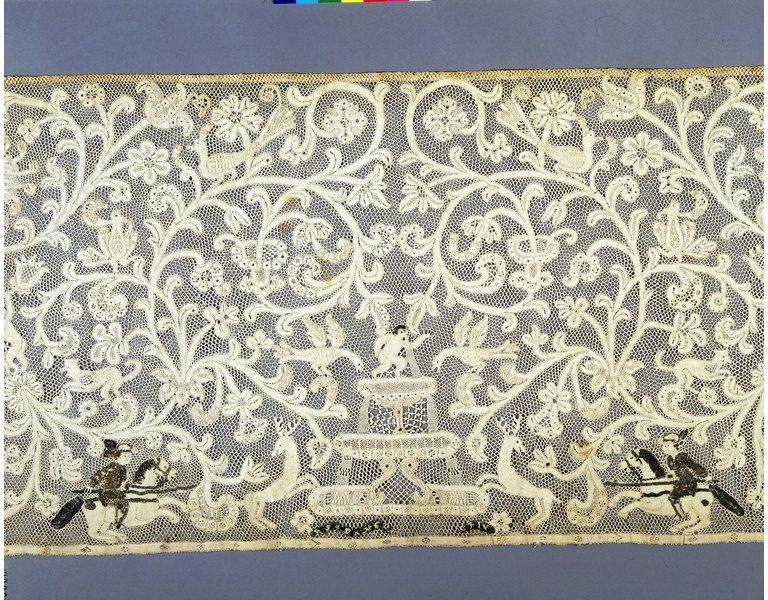Shaping the project
In recent months, CRAFTED project partners have been developing a Curational and Public Engagement Plan to inspire a wide variety of audiences to (re)discover the creative potential of crafts heritage and enable artisans to pass on their knowledge to others. The plan maps out the path to making the wealth of materials that will be aggregated and enriched throughout the project available online. Online access across the themes of Fashion and Textiles, Analogue Media and Re-use of Traditional Crafts will offer a unique resource to better understand, preserve and reuse the rich tangible and intangible heritage of European crafts. Expect a wide variety of blogs, galleries, videos, and exhibitions to be published on the Europeana website in the coming months!
In addition to our editorial plan, we are delighted that the CRAFTED project has a newly developed visual identity, created by Carlos Marcelino from the Europeana Foundation. The identity highlights the effect that artisanship and craft heritage have on the fabric of societies and cultures. The logo focuses on the common threads between tangible and intangible heritage: the fluid lines of hand-made objects, such as jewellery, textiles and garments, reflects the shape of the CRAFTED 'C', that while irregular, converge to the same point, moving forward.
Data enrichment
In parallel to the ongoing curatorial work and aggregation of 186,000 newly documented images, videos and 3D content for our galleries, blogs and exhibitions, the automatic enrichment workflow that the project will follow is being prepared. This workflow includes testing and validating a methodology and developing an accompanying set of Artificial Intelligence (AI) tools for the optimisation of automatic enrichment of large amounts of cultural heritage metadata. The technical partners are working closely with content providers and aggregators to inspect the characteristics of the available metadata to define the desired enrichment use cases and derive the technical requirements that the AI tools to be deployed have to meet.
Although the data inspection process is in an early stage, some technical challenges are already being taken into consideration. The semantic analysis needs to support metadata from different languages and to identify a variety of domain-specific terms (such as material, techniques, types of objects), while at the same time linking to broader large Linked Open Datasets such as Wikidata or Geonames. Similarly, the content analysis tools will have to serve a number of diverse scenarios, from image tagging and colour detection to optical character recognition and speech to text extraction. The complexity of the resulting landscape makes it evident that there is a great need for systematisation and combination of different techniques. The first version of the AI tools is expected to be ready by the summer of 2022.
Showcasing the (un)expected
The galleries, blogs and exhibitions that are to be rolled out over the course of the project will cover the expected, but also the less obvious topics from the three editorial themes (Fashion and Textiles, Analogue Media and Re-use of Traditional Crafts) covering everything from a behind the scenes look at Dutch television studios to an assortment of beautifully painted easter eggs. Whatever your preference or professional field, there will be an editorial that inspires. The first CRAFTED blog highlights our love for crafts: Lace, a Labour of Love explores the history and influence of lacecraft throughout the ages. If you can't get enough of lace, you can also peruse two related galleries: showcases of Bobbin Lace and Needle Lace.



